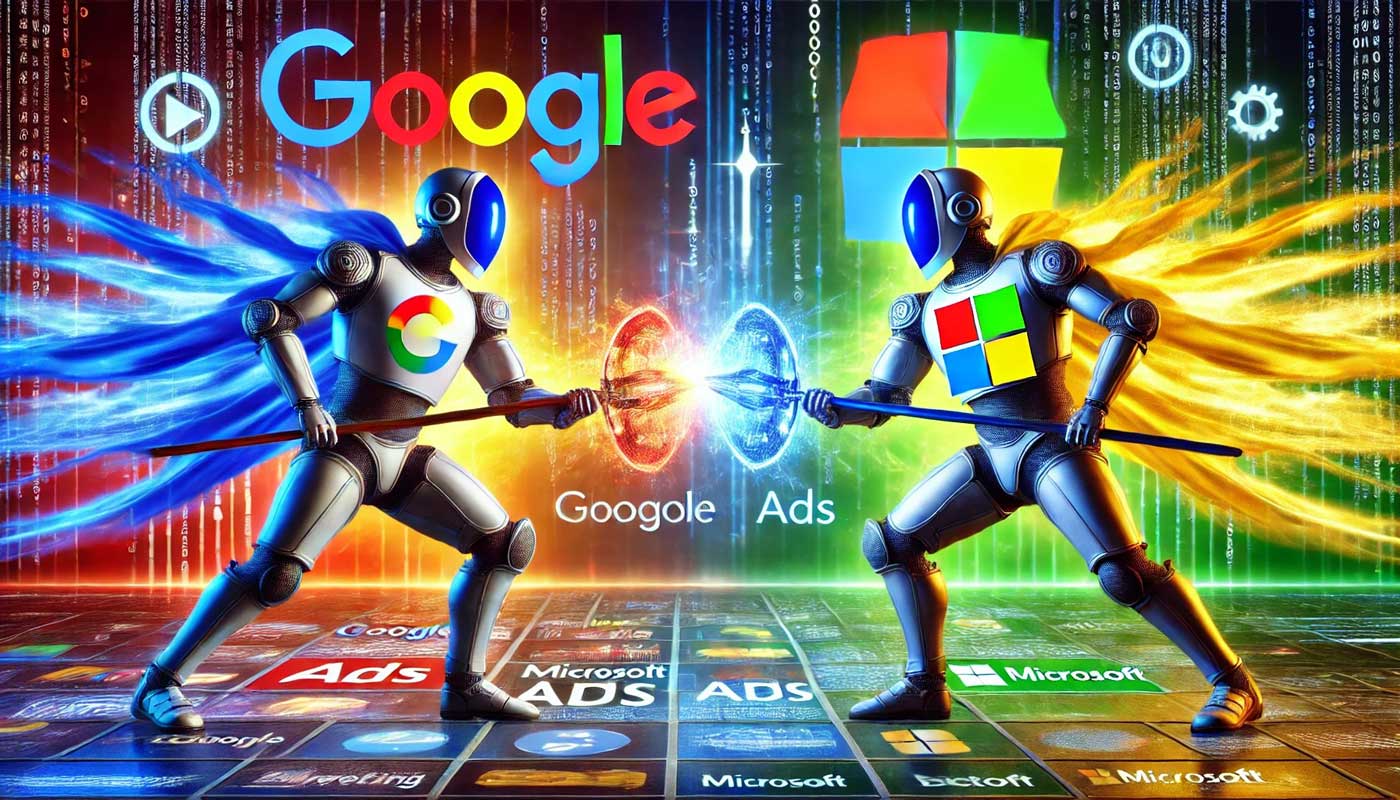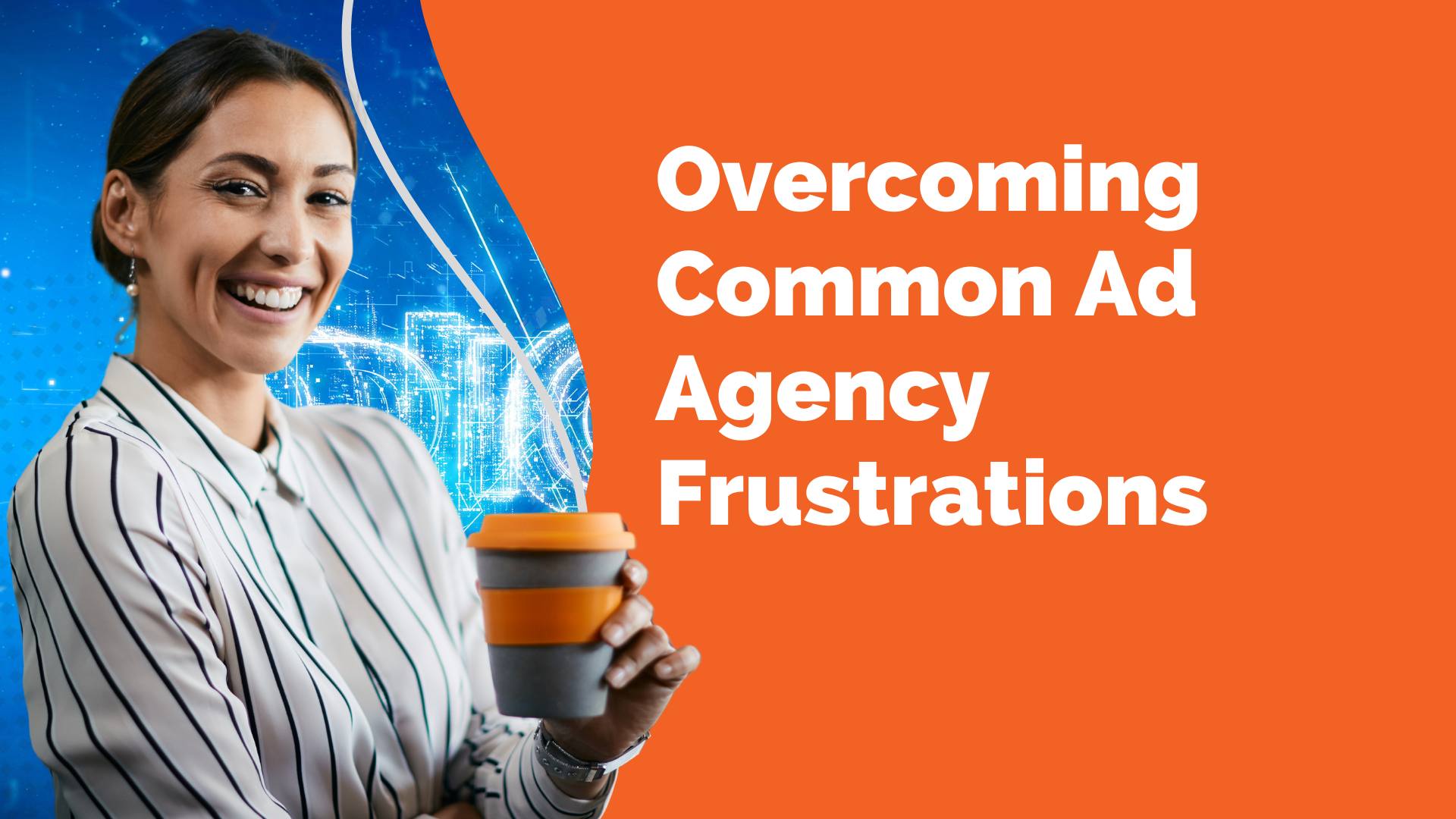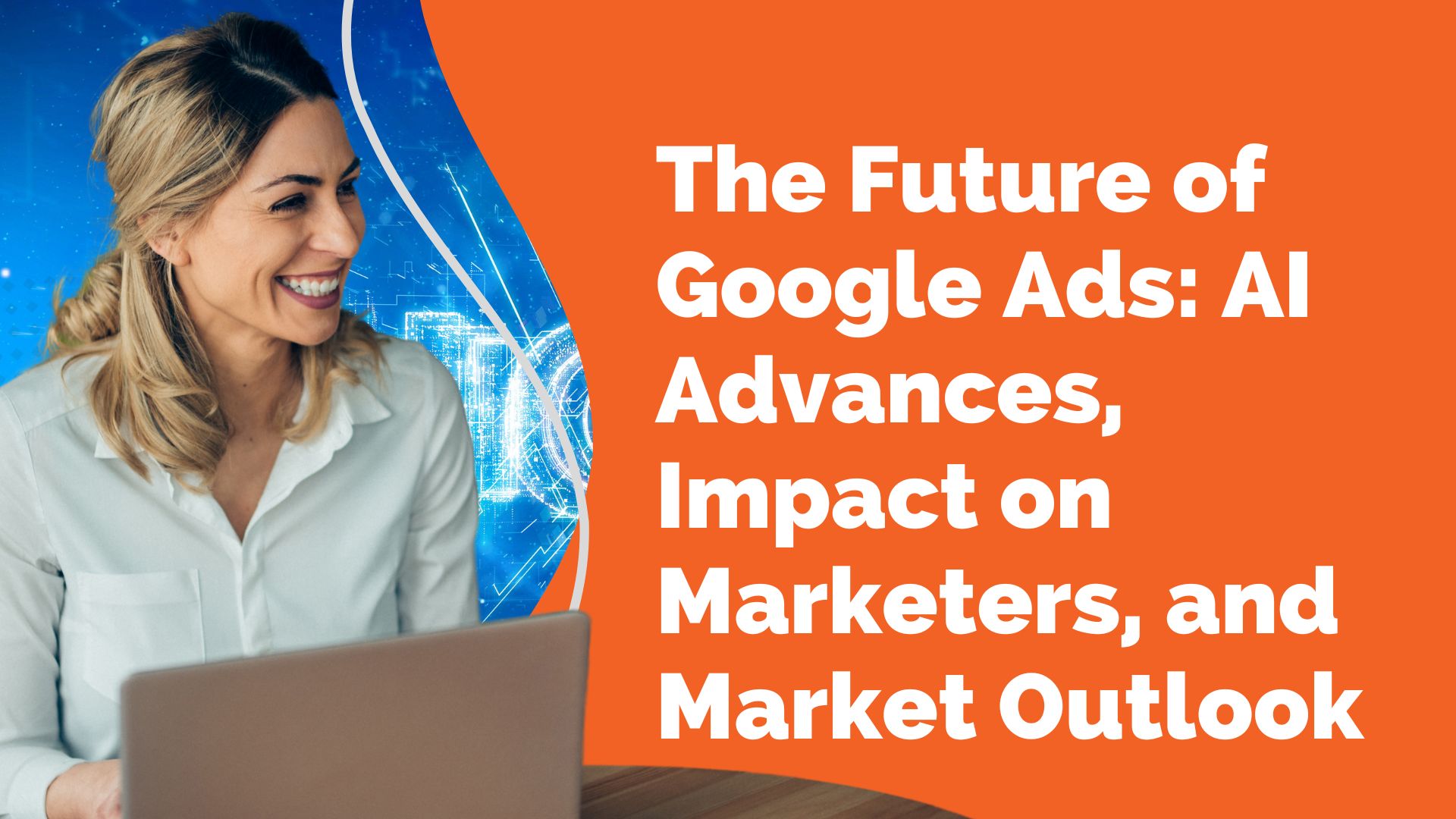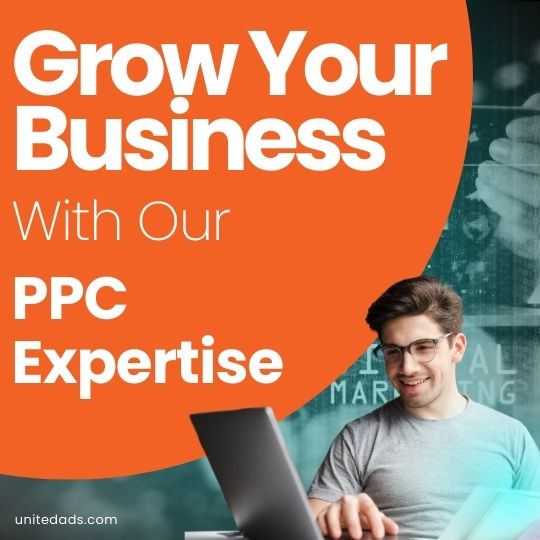If you’re diving into the world of paid search ads, the question often comes up: Should you invest in Google Ads or Microsoft Advertising?
The short answer? It depends on your goals. Both platforms have their own strengths, and the “better” option really hinges on what your business needs.
The Audience and Reach
Let’s start with the elephant in the room—Google is huge. With the largest market share in search, Google Ads gives you access to the biggest pool of potential customers. More searches mean more chances to get in front of users actively looking for what you offer.
On the other hand, Microsoft Advertising’s network (which includes Bing, Yahoo, and AOL) may not be the size of Google, but it still has a sizable audience. Plus, Microsoft’s users often have a slightly different demographic profile—many are older, more affluent, and may convert at higher rates depending on the product or service you sell. In other words, while smaller in sheer volume, Microsoft’s audience can sometimes deliver excellent value for your ad spend.

Cost and Competition
With greater reach often comes greater competition. Because Google Ads is the go-to platform, you’ll be fighting tooth and nail with many other advertisers for prime ad spots. This can drive up your costs per click.
Microsoft Advertising, on the other hand, tends to have lower competition levels. If your niche isn’t crowded, your clicks might be cheaper. You could find that your ad budget goes a bit further on Bing than on Google—especially if your target audience aligns well with Microsoft’s user base.
Tools and Features
Google Ads is known for its cutting-edge tools, advanced targeting options, and robust reporting capabilities. From responsive search ads to an array of audience targeting methods, Google’s platform is constantly evolving, offering plenty of flexibility for even the most complex campaigns.
Microsoft Advertising has been catching up, adding features like LinkedIn profile targeting (a unique edge, thanks to Microsoft’s ownership of LinkedIn) and improving its AI-based optimization tools. While it may lag behind Google in terms of sheer quantity of features, it’s continuously evolving and can deliver strong results, especially if you make smart use of its unique targeting options.
Who’s the Winner?
It might feel like a cop-out, but the best platform for you really depends on your specific marketing goals, budget, and audience. If sheer volume and cutting-edge features matter most, and you’re willing to pay for it, Google Ads is the go-to choice. If you’re looking for potentially lower costs, a certain demographic set, or you want to diversify your reach, Microsoft Advertising could be the perfect complement—or even the better primary option—for your campaigns.
The Bottom Line
In a perfect world, you’d test both platforms, track the results closely, and see which one brings in better-quality leads and higher conversion rates. After all, digital marketing success rarely comes from guessing; it comes from experimenting, analyzing data, and constantly refining your approach. So why not give both a shot? With thoughtful experimentation, you’ll be one step closer to finding the platform that’s truly “better” for your business.







